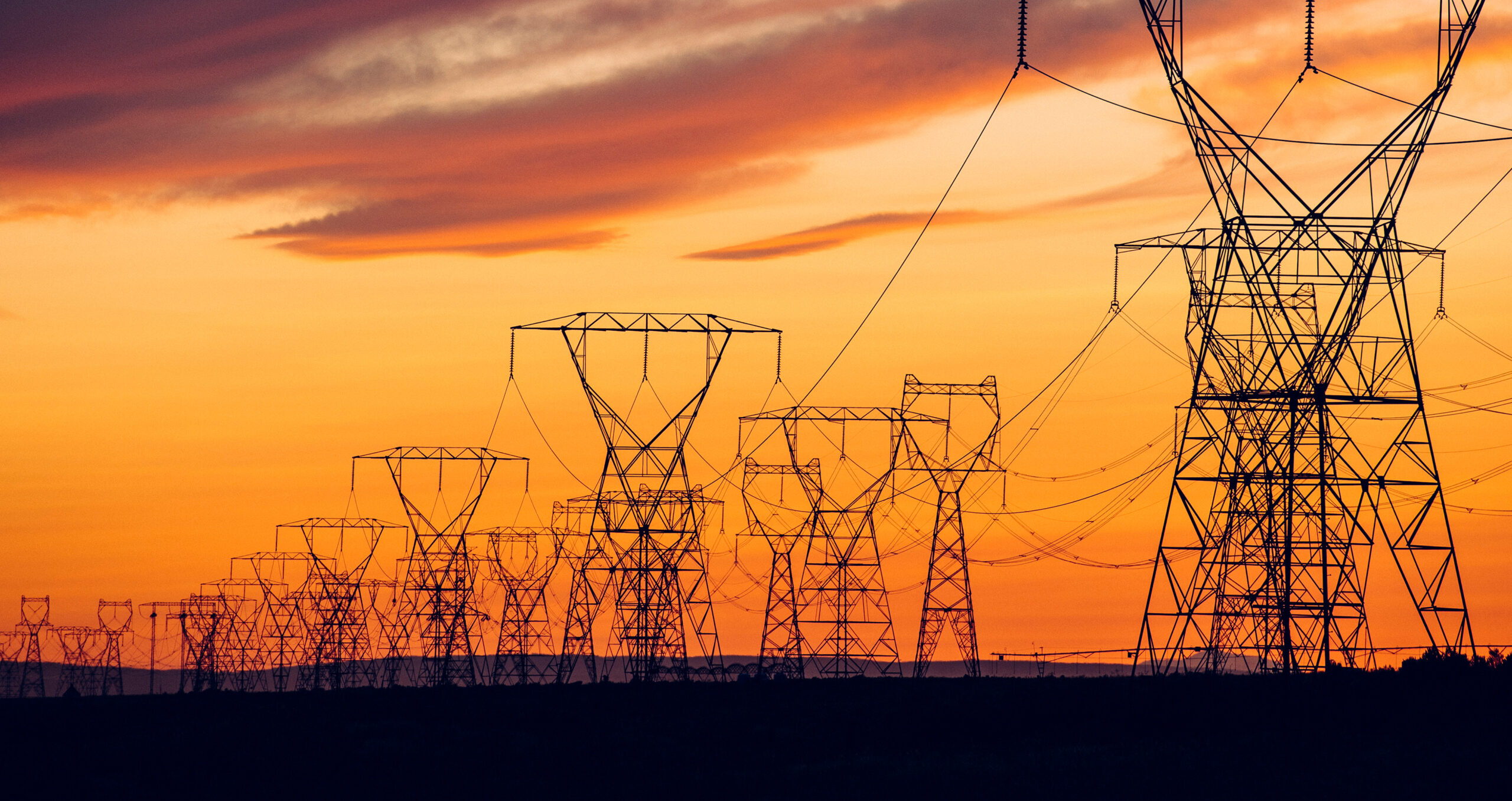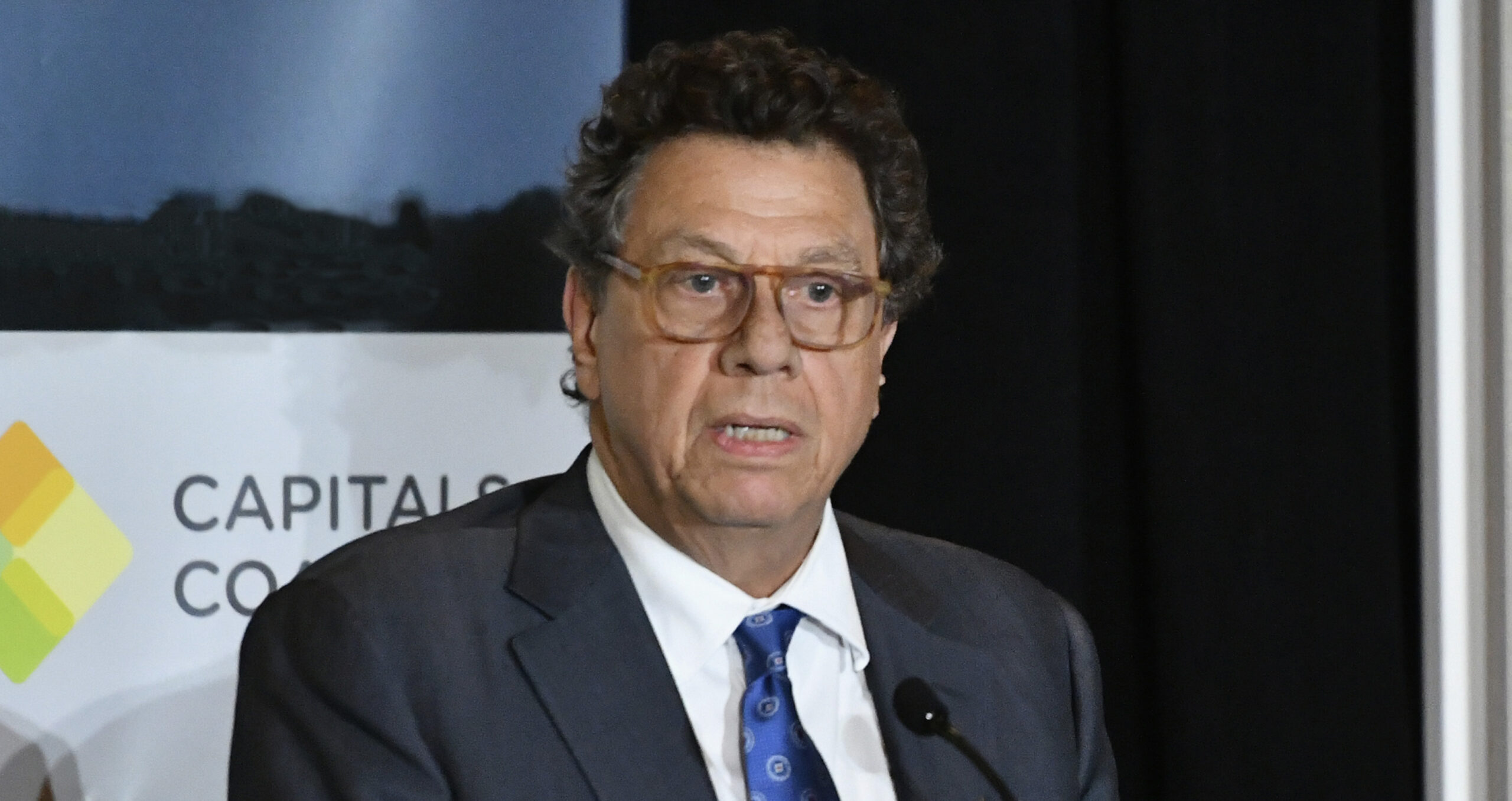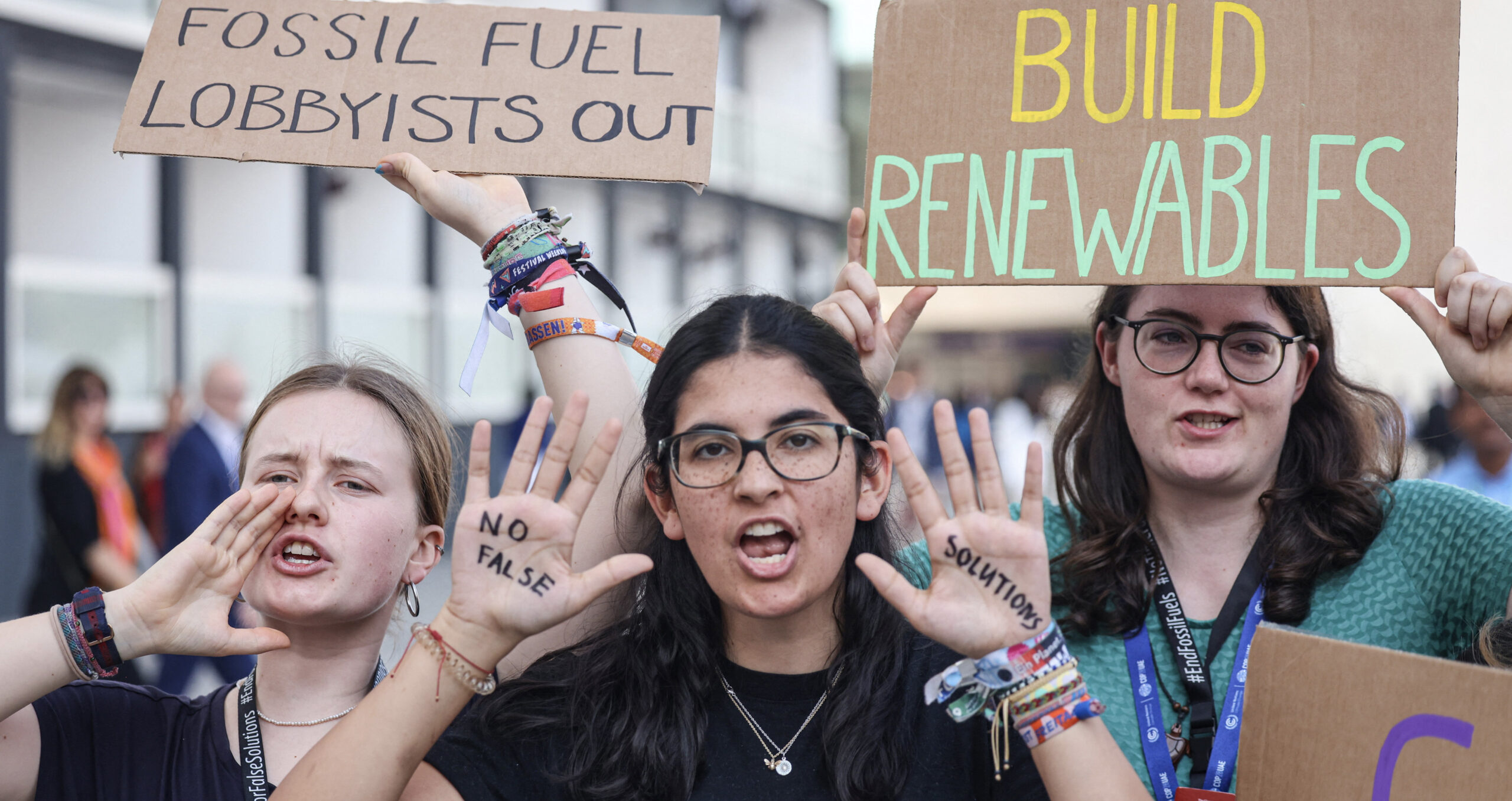

Viviana Vitto argues remuneration should be based on total expenditure, not just capex.
Over the years, Enel has transformed itself from a traditional utility into a renewables leader. Its 59 gigawatts of clean energy capacity is among the most in the world, and data provider fDi Markets shows the Italian group is the biggest foreign investor in renewables projects on record.
Its distribution business, Enel Grids, is also moving the needle when it comes to the green transition. As the owner and operator of power lines stretching 2mn kilometres, Enel Grids serves almost 73mn end-users across Romania, Italy, Spain, Brazil, Argentina, Colombia, Chile and Peru.
The group is selling its assets in Romania and Peru as part of a shift to focus on core markets. But grids still account for 40 per cent (€15bn) of its total capital expenditure (capex) planned for 2023-2025.
Viviana Vitto, Enel Grids’s head of market strategy and regulatory analysis, talks about its digitalisation drive, how it is supporting “prosumers” (customers that generate and sell power onto the grid), and why market regimes must change to support grid investments.
Q: Enel has earmarked €15bn for its grids over the next three years. How will this be spent?
A: Networks are the key enablers of clean electrification, and thus we foresee a steady flow of investments into distribution grids in countries most committed to clean electrification. Of this €15bn, 47 per cent will go towards improving quality and resiliency, 42 per cent towards connections and 11 per cent towards digitalisation. We aim to have 80 per cent of our customers digitised by 2025 — up from around 60 per cent in 2022. This means carrying out a massive deployment of smart metres in Latin America, since our grid customers in Europe are almost fully digitalised.
At a geographical level, we plan to invest more than 80 per cent in Europe. Our investments are targeted at accommodating the energy transition, in terms of renewable generation and electrification, while improving our system average interruption duration index (SAIDI), which measures the length of power outages. Our global SAIDI last year was 21 per cent lower than in 2019, and we’re aiming to decrease it by a further 35 per cent over the next three years.
Q: How is Enel supporting prosumers?
A: In 2022, we connected 5.6GW of new prosumer capacity, including 2.4GW in Italy and 2.2GW in Spain. At year end, this brought our total distributed generation capacity to 65.7GW across 1.4mn prosumers.
We built the equivalent of one secondary substation per day, which are critical for connecting small-scale renewables to the grid. We also modernised some 63 primary substations and built 27 new ones.
Q: Is today’s traditional model of funding grid upgrades via higher, regulator-approved rates suitable for the green transition?
A: This approach has ensured that grid tariffs over the years have benefited from many efficiencies. However, as renewable generation and electrification grow, these regulations risk being less effective in incentivising grid operators to explore operationally oriented solutions as alternatives to traditional capex investments.
Therefore, we believe the grid remuneration process should be based on total expenditure — not just capex — which could allow operators to optimise investments under a cost-benefit analysis. This could include flexibility services from distributed resources or energy storage to decongest a particular line, without the need to invest in new copper and iron infrastructure.
Q: What else do grid operators need from governments?
A: The regulatory framework should encourage innovation and sustainability criteria in grid investments. It is also important to provide incentives for the use of flexible services, large-scale demonstration projects and regulatory sandboxes, while facilitating a less bureaucratic access to EU funds.
This interview has been edited for clarity and brevity and first appeared in fDi Intelligence.
Similar Articles

‘No leakage’ structure to strengthen carbon markets, says Costa Rica’s environment minister

Youth on COP28: few women but an ‘overwhelming number of fossil fuel lobbyists’


